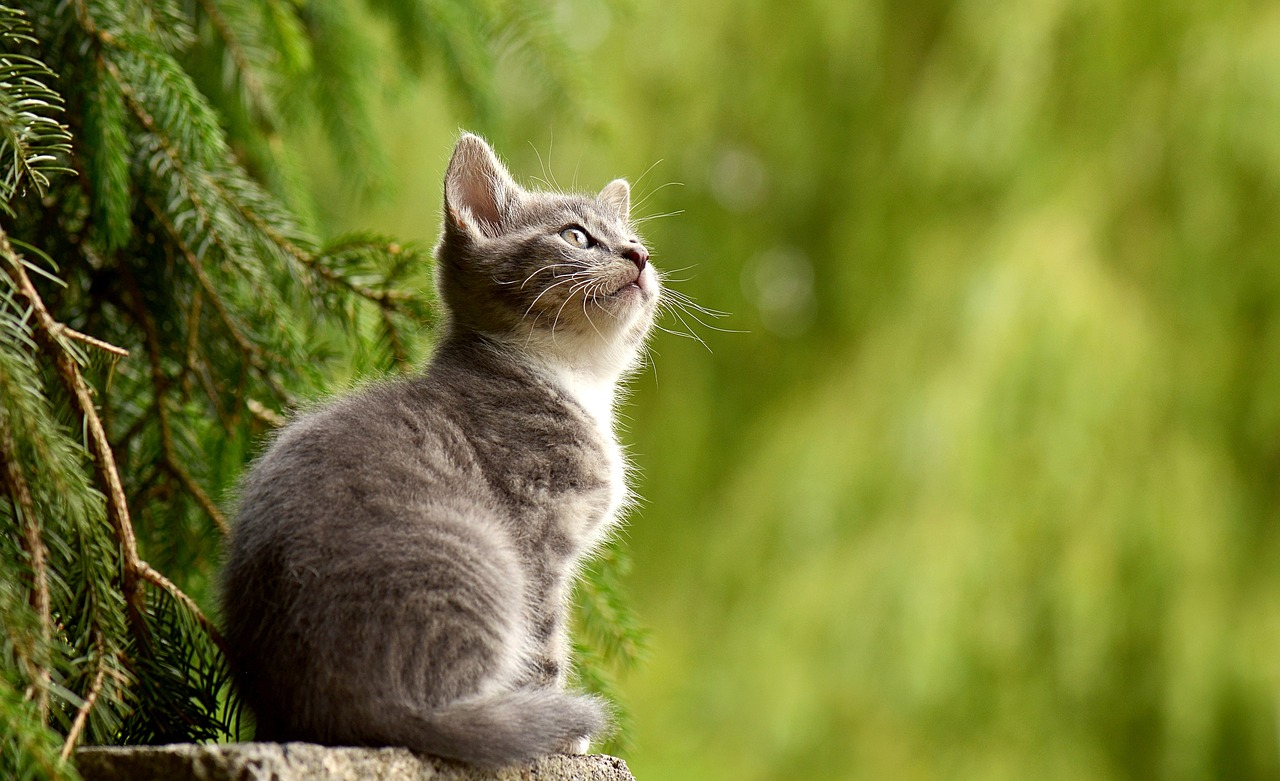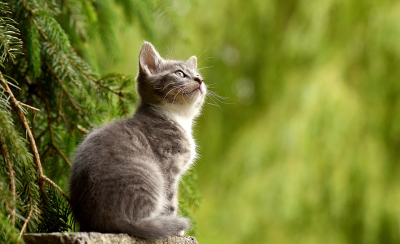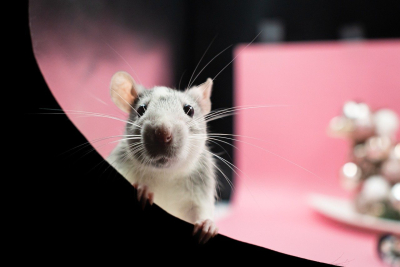Decoding the expressions on a cat's face
Cats are known for their seemingly inscrutable facial expressions, which often leave their human companions guessing about their true feelings. While studies have made progress in understanding how cats interact with humans through facial expressions, little was known about how they communicate with each other. To address this, researchers conducted a study at a cat café in Los Angeles, California, where they recorded and analyzed the facial expressions of cats interacting with one another.
Using a facial muscle coding system, scientists identified 276 distinct facial expressions produced by cats, involving 26 unique facial movements, such as lip parting, nose licking, and eye squinting. Brittany Florkiewicz, a co-author of the study, noted that these expressions could largely be categorized as either friendly or unfriendly. "We found evidence for something called a 'play face,'" Florkiewicz explained, indicating that cats use specific expressions during playful interactions, similar to big cats in the wild.
This discovery is particularly significant because it highlights the complexity of feline communication, which may have evolved through domestication. Florkiewicz, who has also studied ape facial expressions, was struck by the range of expressions in cats, comparable to the over 300 expressions she documented in chimpanzees. The study opens up new avenues for comparing the effects of domestication on different species' facial expression repertoires.
The wild side of domestic cats
Despite thousands of years of domestication, cats have retained many behaviors that reflect their wild ancestry. Recent studies analyzing ancient cat DNA, including that from Egyptian cat mummies, have traced the origins of domestic cats (Felis catus) back to the North African wildcat.
Author Jonathan B. Losos explores this connection in his book The Cat's Meow: How the Cats Evolved from the Savanna to Your Sofa. Losos notes that outdoor cats, especially those without owners, quickly revert to their wild instincts. "They have, if you will, one paw still in the wild," Losos observed, explaining that these cats can easily return to a feral lifestyle, hunting and surviving as their ancestors did.
Interestingly, studies of feral cat colonies have revealed that domestic cats can form social structures similar to those of lions. In high-density environments, cats form "prides" where they groom each other, play together, and even share the responsibility of nursing each other's young. This challenges the common perception of cats as solitary creatures and underscores their complex social behaviors.
The ongoing research into feline behavior, physiology, and genetics continues to deepen our understanding of these enigmatic creatures. From their intricate facial expressions and soothing purrs to their surprising role in forensic science and resilience against infectious diseases, cats remain a subject of fascination and study. As science uncovers more about our feline companions, it becomes increasingly clear that while they may share our homes, cats still retain a strong connection to their wild roots.
How cat hair can assist in solving crimes
Anyone who has lived with a cat knows that their hair seems to get everywhere. While this may be a nuisance for those who favor dark clothing, it turns out that cat hair can be a valuable tool in forensic science. In a 2023 manslaughter case in the U.K., forensic experts matched cat hairs found on the victim to those in the suspect's home, leading to a conviction.
However, using cat hair in forensic investigations presents challenges, primarily because cat hair contains less genetic material than other biological samples like saliva or blood. Researcher Mark Jobling has been working to overcome this limitation by focusing on mitochondrial DNA, which is present in higher quantities in hair samples.
In a study published in the journal Forensic Science International: Genetics, Jobling and his team demonstrated that mitochondrial DNA could be successfully extracted from cat hair, even from a single strand or from hairs that are over 20 years old. This method could be particularly useful in cold cases where cat hair is part of the evidence, as DNA in hair degrades more slowly than in other biological materials.
The mechanics behind a cat's purr
One of the most recognizable sounds in the animal kingdom is the soothing purr of a contented cat. However, the mechanism behind how such a small animal can produce such low-frequency sounds has long puzzled scientists. Tecumseh W. Fitch, a researcher in animal physiology, sought to uncover the secrets of the cat's purr by studying the larynx — the voice box — of domestic cats.
Fitch's research revealed the presence of fatty pads within the larynx that help slow down the vibration of the vocal folds, allowing cats to produce the deep, resonant purrs we associate with their happiness. "We believe that the cat uses one part of its vocal folds for meows and the full vocal fold with these fat inclusions for lower-frequency purrs," Fitch explained.
This study, published in Current Biology, challenges previous theories about purring. Until this research, it was widely believed that each pulse of a cat's purr was accompanied by a muscle twitch controlled by neural signals from the brain. Fitch's findings suggest that this is not necessary, providing a new understanding of the biomechanics of purring.
Cats and coronaviruses: New hope in treating feline infectious diseases
The COVID-19 pandemic raised concerns among cat owners when reports surfaced of domestic cats and even tigers contracting the virus. However, long before SARS-CoV-2 emerged, a different coronavirus had been wreaking havoc on the feline population. Feline infectious peritonitis (FIP), a deadly disease caused by a mutated form of a common cat coronavirus, has been a significant concern for cat owners and veterinarians.
FIP was once considered a death sentence for affected cats, but recent advances in antiviral medications developed for COVID-19 have provided new hope. Feline infectious disease specialist Danielle Gunn-Moore and her colleagues tested these antiviral drugs on over 300 cats with FIP, finding that the treatment was effective in 85% of the cases. "It's like fate has given us the most wonderful gift of ... something we can treat this devastating disease with," Gunn-Moore remarked.
This breakthrough came at a crucial time, as a particularly virulent strain of the cat coronavirus was decimating feral cat populations in Cyprus. Gunn-Moore and her team are now working to develop a more effective vaccine against FIP, building on the success of the antiviral treatment.
source: CBC


 Cats are the most popular pet in Canada. Despite their affectionate nature, they pose a significant threat to wild birds.
Cats are the most popular pet in Canada. Despite their affectionate nature, they pose a significant threat to wild birds. A powerful cold snap has engulfed central and eastern Canada this week, plunging temperatures far below seasonal averages. The extreme
A powerful cold snap has engulfed central and eastern Canada this week, plunging temperatures far below seasonal averages. The extreme Stress is a constant in modern life. From daily challenges to global issues, people are searching for ways to cope
Stress is a constant in modern life. From daily challenges to global issues, people are searching for ways to cope

